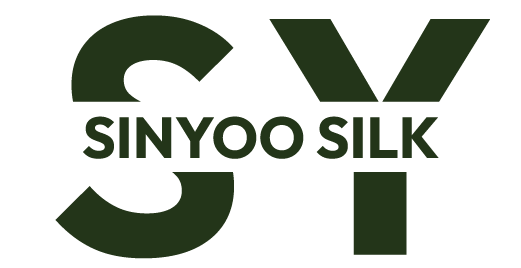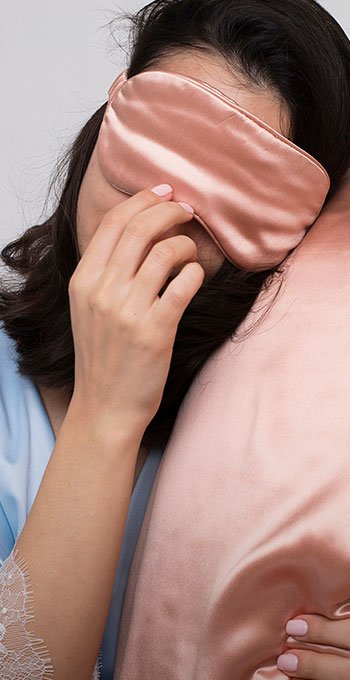Silk has long been celebrated for its elegance and luxury, but in recent years, its eco-friendly properties have also taken center stage. Among all types of silk, mulberry silk stands out for its superior quality, durability, and sustainable production methods. As consumers become increasingly conscious of their environmental impact, mulberry silk is gaining popularity as a fabric that blends sophistication with sustainability.
What Makes Mulberry Silk Sustainable?
- Natural Production Process Mulberry silk is derived from the cocoons of the Bombyx mori silkworm, which feeds exclusively on mulberry leaves. These leaves are easy to cultivate and require minimal chemical fertilizers or pesticides, making the process eco-friendly. Additionally, silk production relies on renewable resources and generates minimal waste.
- Biodegradability Unlike synthetic fabrics, mulberry silk is completely biodegradable. When disposed of, it decomposes naturally without releasing harmful microplastics into the environment, contributing to a cleaner and healthier planet.
- Energy Efficiency The production of mulberry silk consumes significantly less energy compared to synthetic fibers. The natural processes involved reduce the carbon footprint, making it a more sustainable choice for the environmentally conscious.
Benefits of Mulberry Silk in Sustainable Fashion
- Durability and Longevity Mulberry silk’s strength ensures that garments and products made from it have a long lifespan. With proper care, silk pieces can last for years, reducing the need for frequent replacements and minimizing waste.
- Versatility in Fashion From luxurious dresses to everyday accessories, mulberry silk can be used to create a wide range of products. Its hypoallergenic properties and natural temperature regulation make it suitable for all seasons, increasing its utility and value.
- Eco-Friendly Dyeing Techniques Many mulberry silk producers are adopting natural and non-toxic dyeing methods, reducing water pollution and chemical use. These techniques enhance the sustainability of the final product while preserving the vibrant colors silk is known for.
Innovations in Mulberry Silk Sustainability
- Organic Mulberry Silk Organic mulberry silk is cultivated without synthetic chemicals, ensuring a cleaner production process. This innovation caters to consumers who seek fully organic and sustainable products.
- Recycled Silk Designers are now exploring recycled mulberry silk, created from leftover silk threads and fabric scraps. This reduces waste and gives new life to materials that would otherwise be discarded.
- Zero-Waste Production Some manufacturers are implementing zero-waste production techniques, where every part of the silk cocoon is utilized. For example, leftover materials are used for silk filling in quilts or other products.
How to Support Sustainable Silk Practices
- Choose Certified Silk Products Look for certifications such as Global Organic Textile Standard (GOTS) or OEKO-TEX®, which ensure that the silk meets stringent environmental and social criteria. Sinyoo has OEKO for our mulberry silk fabric.
- Opt for Reputable Brands Support brands that prioritize sustainability in their production processes, from sourcing to manufacturing. Transparency in supply chains is key to ensuring eco-friendly practices.
- Practice Proper Silk Care Extend the life of your silk products by following proper care instructions. Hand washing with gentle detergents and storing silk garments away from direct sunlight can preserve their quality for years.
The Future of Mulberry Silk
As the fashion industry shifts towards more sustainable practices, mulberry silk is poised to play a significant role in this transformation. Its blend of luxury, versatility, and environmental benefits makes it a fabric that aligns perfectly with the values of modern consumers. By choosing mulberry silk, you not only indulge in timeless elegance but also contribute to a more sustainable future.
Conclusion
Mulberry silk is more than just a fabric; it’s a testament to how luxury and sustainability can coexist. From its eco-friendly production methods to its durability and versatility, mulberry silk offers a sustainable alternative to synthetic materials. Whether you’re looking for high-quality fashion or environmentally conscious products, mulberry silk is an excellent choice.
Are you ready to embrace the eco-friendly elegance of mulberry silk? Explore our range of sustainable silk products and join the movement towards a greener future.

